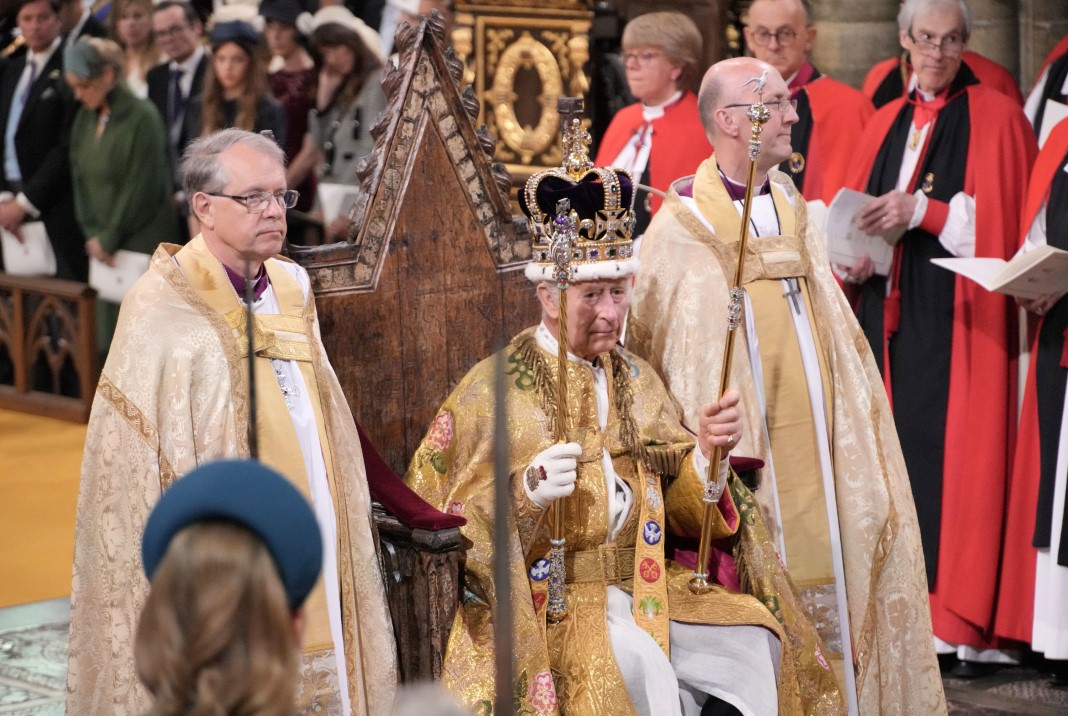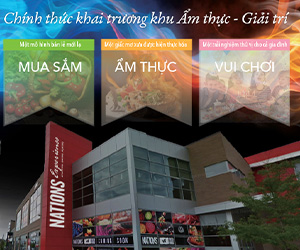On a day of grand pageantry, King Charles and Queen Camilla were crowned in a deeply religious Coronation service at Westminster Abbey, followed by a procession through London on May 6th.
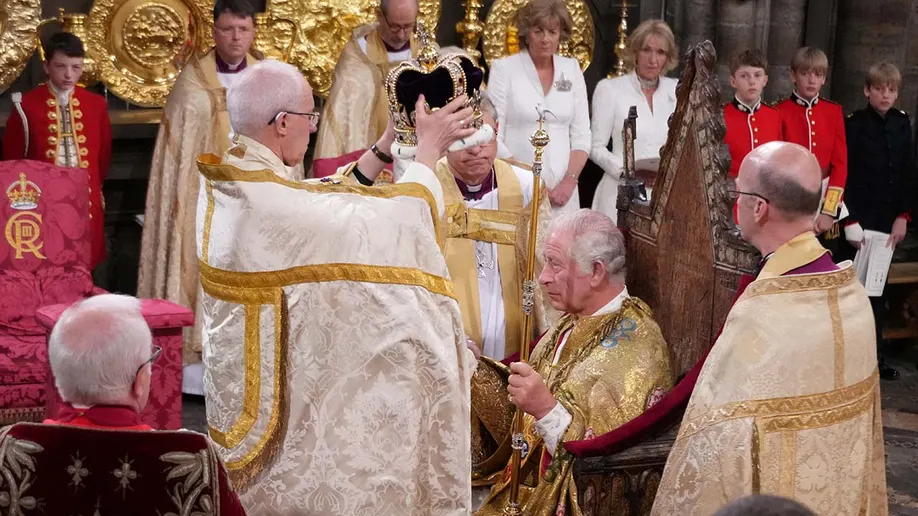
Despite the rain, thousands of people packed the Mall to witness the historic event and cheered as the King and Queen waved to the crowd from the Palace balcony. The two-hour ceremony, the first to crown a monarch in 70 years, was watched on TV around the world, as well as by some 2,300 people inside the abbey.
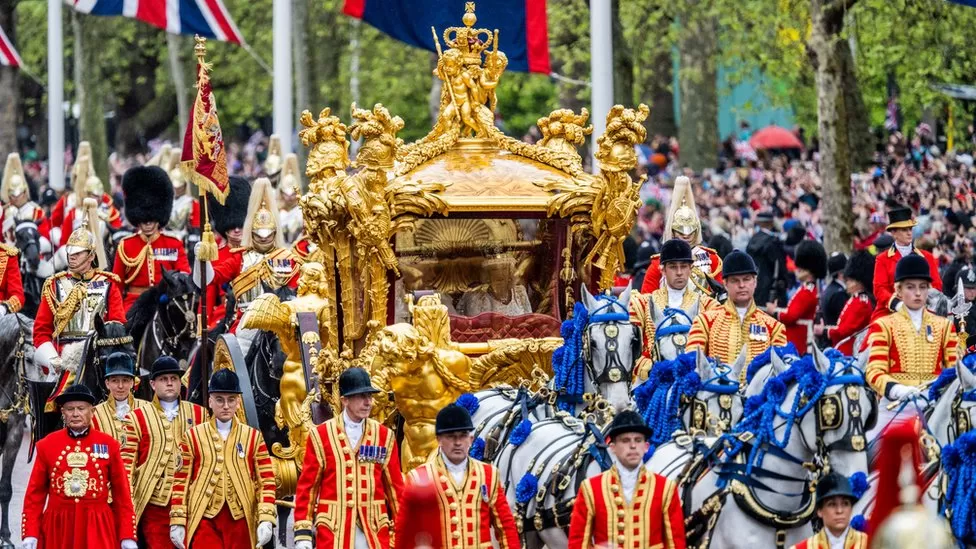
The Duke of Sussex was present at the ceremony in the abbey, sitting two rows back from his brother, Prince William – marking the first time the two had been seen together since Harry’s memoir, Spare, was released. However, he left for the US immediately after the ceremony. It was reported that Prince Harry was not invited to join King Charles and Queen Camilla on the Palace balcony for the waving to the cheering crowds.
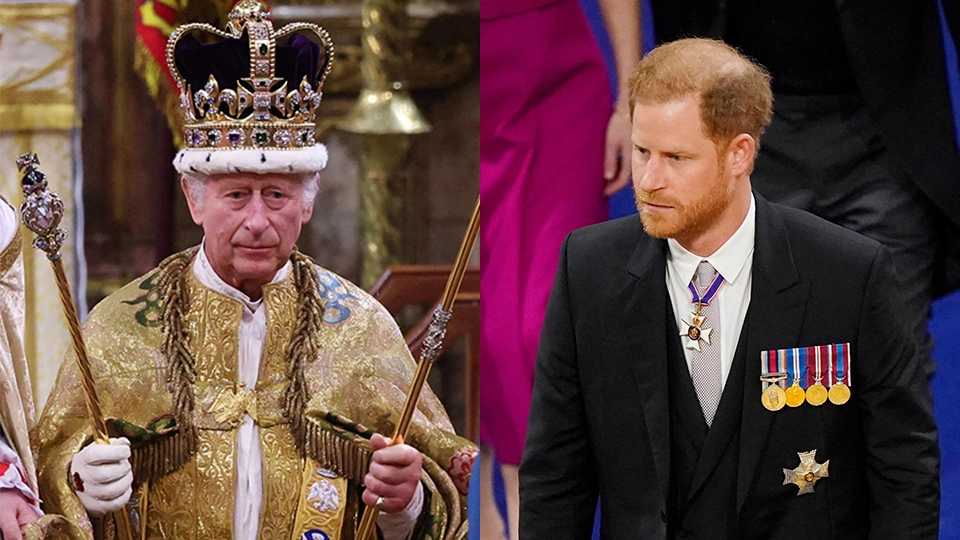
The King’s day began with a procession to Westminster Abbey in the horse-drawn Diamond Jubilee State Coach, past cheering crowds and an honour guard of 1,000 members of the armed forces. Faith leaders and commonwealth leaders began the processions, with the King and Queen following behind. After the crown was placed on Charles’s head, cries of “God Save the King” were heard inside and outside the abbey, and gun salutes were made across the UK.
The Coronation was attended by 90 heads of state, including celebrity guests such as actress Emma Thompson and US singer Katy Perry. US First Lady Jill Biden and her granddaughter Finnegan arrived in a three-car motorcade, while French President Emmanuel Macron and First Lady of Ukraine Olena Zelenska were also in the abbey. Prime Minister Rishi Sunak and leaders of the Commonwealth countries were also present. Prime Minister Justin Trudeau, Gov. Gen. Mary Simon and astronaut Jeremy Hansen were among the Canadian dignitaries inside Westminster Abbey.
The main theme of the Coronation was the importance of service. “I come not to be served, but to serve,” the King said in his first prayer after reaching the abbey. Charles was proclaimed as the “undoubted King” in the first stage of the ceremony, and the congregation was asked to show their homage and service by shouting “God Save the King”.
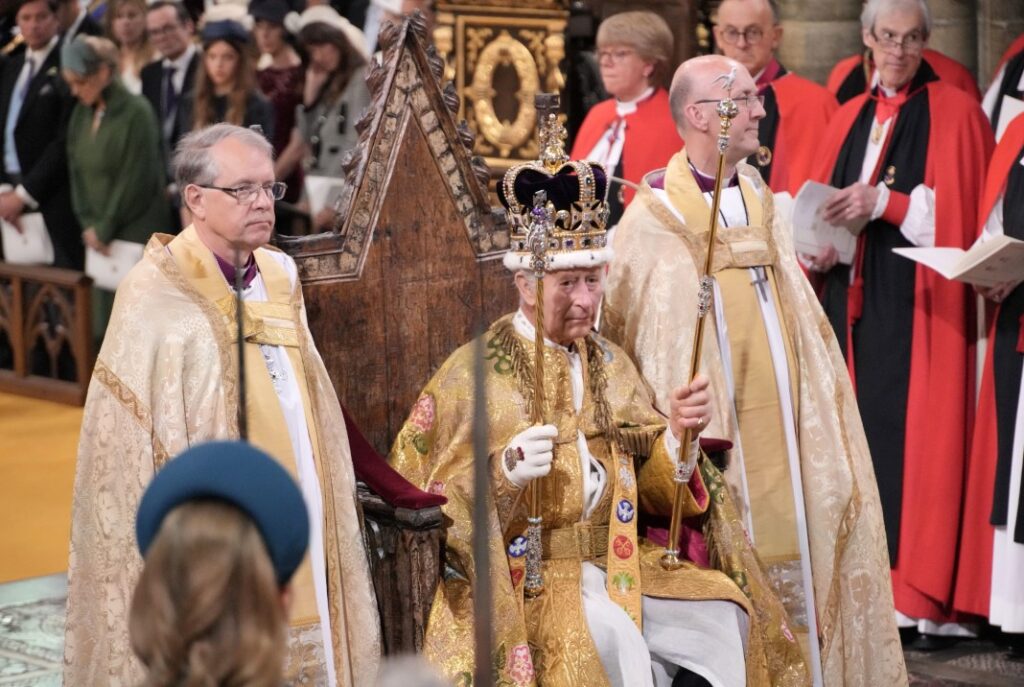
The ancient ceremony maintained traditions rarely seen elsewhere in modern life, such as the inclusion of the royal regalia or orb and sceptre, and the carrying of the gilded Sword of State. In the most sacred part of the service, the King was shielded from public view by anointing screens while choristers sang Handel’s Zadok the Priest, performed at every coronation since 1727. Prince William also pledged loyalty to King Charles and kissed him on the cheek.
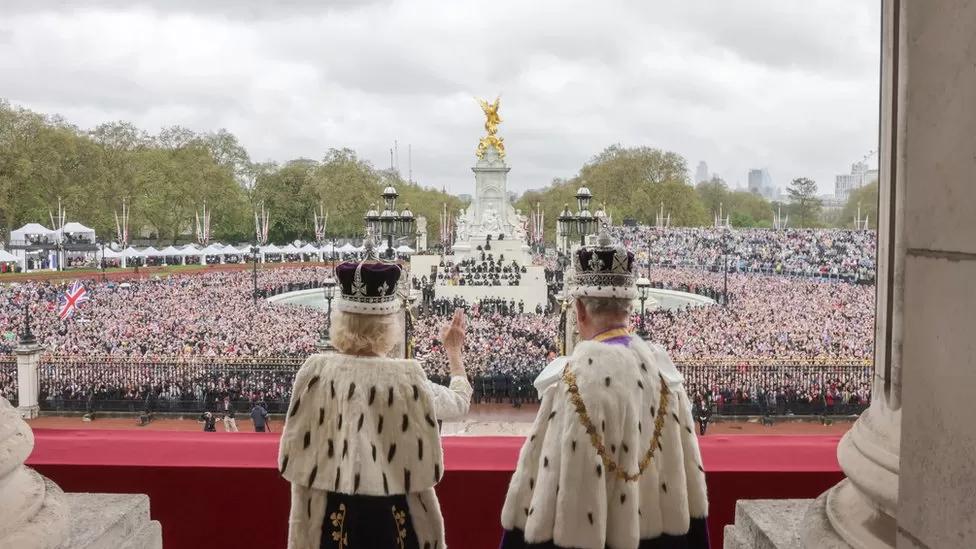
Returning to the Palace, the newly crowned King and Queen travelled up the Mall in the Gold State Coach accompanied by thousands of servicemen and women. Despite the rain, there was a celebratory atmosphere on The Mall, with periodic Mexican waves and police officers being cheered. While the vast majority of the assembled crowd came out to cheer the King, there was also a sizeable protest presence.
The Coronation did not formally change the King’s status, as he became King of the United Kingdom and 14 other realms in September, when his mother Elizabeth II died after 70 years on the throne. Months of intense planning went into the Coronation celebrations, which emphasised diversity and inclusion, with more multi-faith elements than any previous coronation, with contributions from Jewish, Muslim, Buddhist and Sikh representatives.


